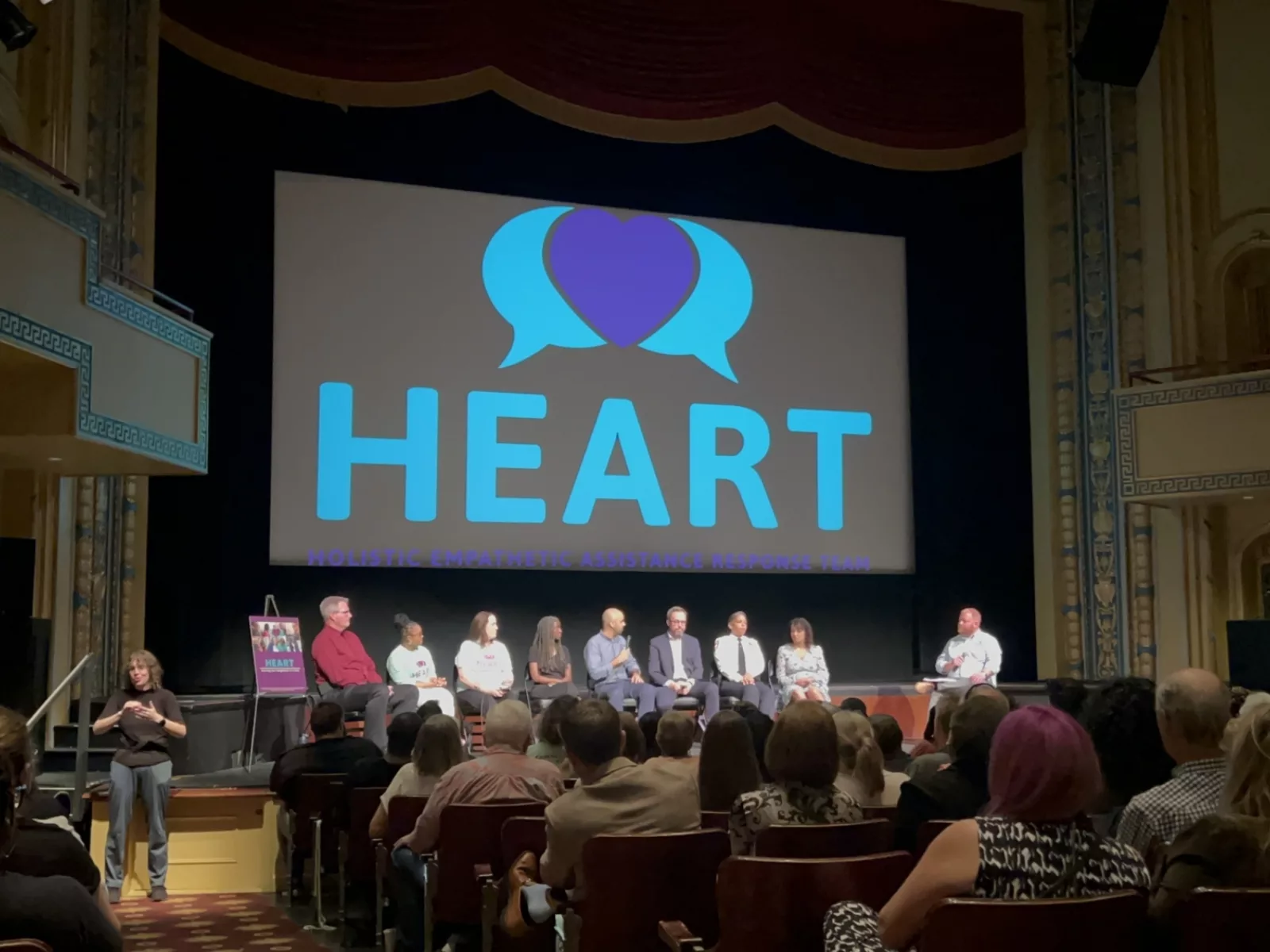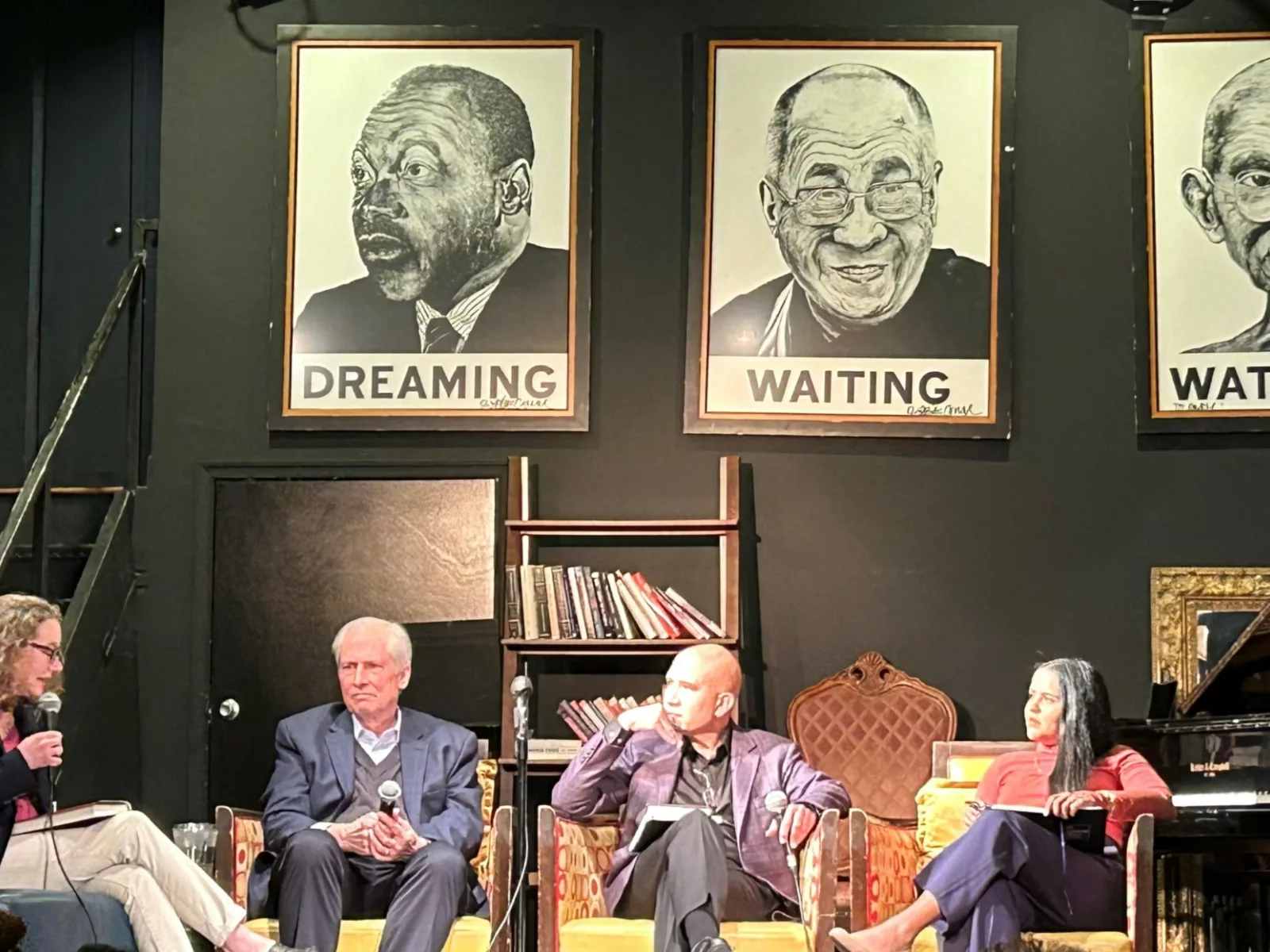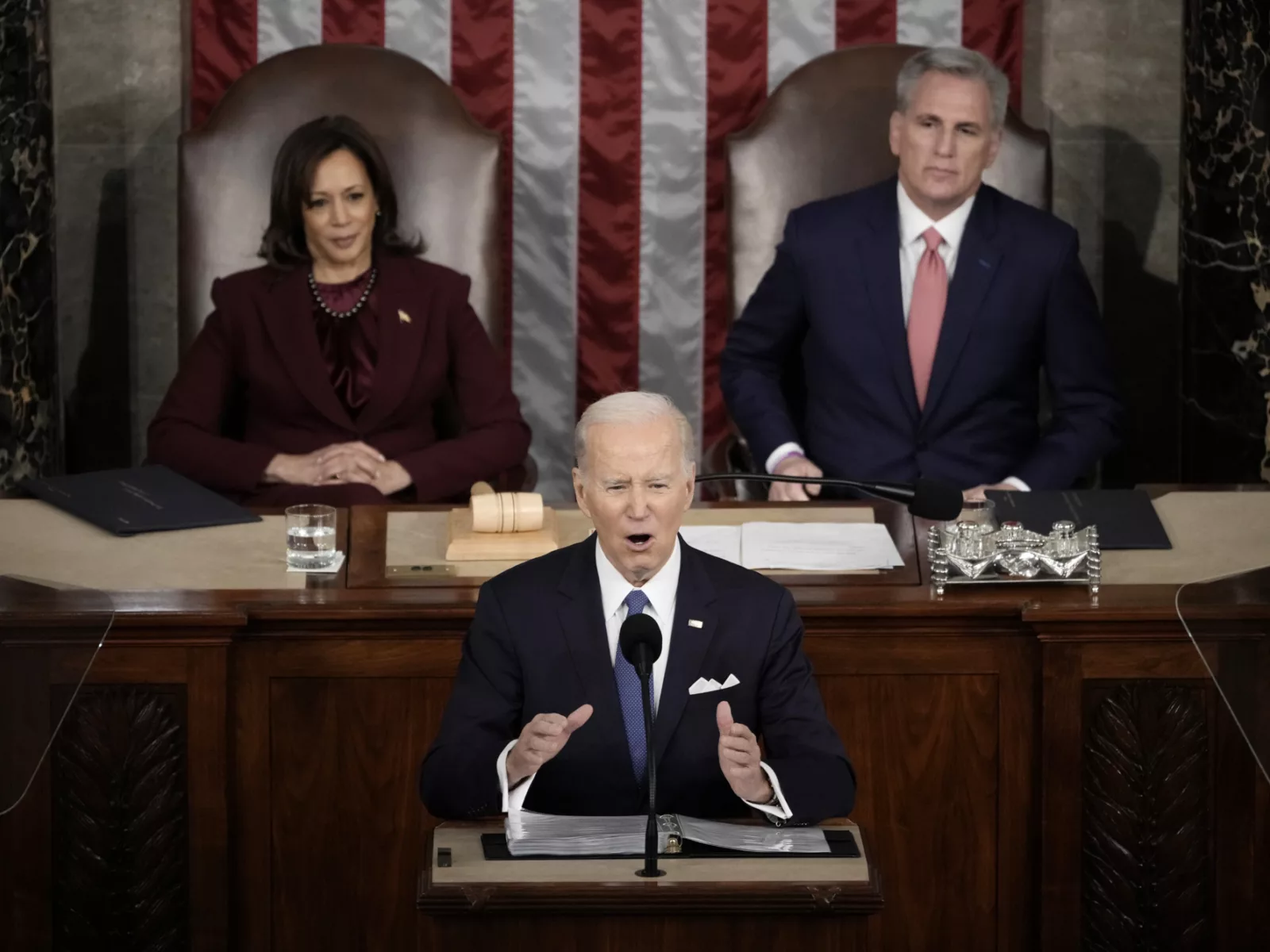Crime is back.
After a decade of plummeting crime rates stifled “law-and-order” rhetoric and elevated a criminal justice reform movement across the political spectrum, an unprecedented spike in homicides during the COVID-19 pandemic now has politicians resurrecting some old playbooks.
The first head-to-head congressional contest between a Democrat and a Republican during Joe Biden’s presidency ushered in the return of “tough on crime” politics. The two leading candidates in the New York City mayoral race are running on a promise of expanding policing. Polls show more voters are now more concerned about violent crime than COVID-19. And even as U.S. vaccination rates continue to grow and life returns to a sense of normalcy, experts believe that this gun violence is likely to continue throughout the summer and into the 2022 primary season.
To help reporters understand the larger context of this spike in homicides, its potential causes and likely policy solutions, the National Press Foundation hosted a panel of three experts on Thursday — Thomas Abt, the director of the National Commission on COVID-19 and Criminal Justice; Alex Piquero, a professor and chair of sociology at the University of Miami; and Fatima Loren Dreier, the executive director of Health Alliance for Violence Intervention. The event was sponsored by Arnold Ventures.
The three experts emphasized that while the year-over-year increase in homicides may be unprecedented, homicide rates are still nowhere near their recent peak in the early 1990s. Furthermore, the nationwide nature of the crime trends means that local criminal justice reform efforts aren’t to blame, despite some claims by anti-reform advocates. Rather, Abt pointed to the combination of the murder of George Floyd by a Minneapolis police officer, an increase in gun sales, and the pandemic creating a perfect storm.
“Everything we know about violent reduction says you need to reach out to most at-risk people, and that outreach stopped with the physical distancing requirements of fighting COVID,” he said.
But that doesn’t mean we can’t or shouldn’t respond to an increase in violent crime. Policymakers have proven tools at their disposal to help reverse this violent crime trend, Abt said.
“Community-centered violence is not an intractable problem,” he said. Policies that are focused on the people at places most at risk, balance elements of prevention and enforcement, and are perceived as fair have a track record of success.
For example, places like Oakland, California, and Newark, New Jersey, have effectively relied on a mix of policies to reduce violent crime in recent years. But there is no single, standalone solution.
“Think of these programs as an ecosystem of coverage rather than individual programs,” Loren said.
Identifying Those Most At Risk
Successful violence reduction efforts coordinate these interventions, including outreach to individuals, hospital-based interventions, and traditional law enforcement. These policies can work together to identify the people most at risk of committing or being victims of crime, leverage credible messengers, provide individualized care, and monitor outcomes.
“Violent crime happens among a small group of people who often know each other,” Loren Dreier said, pointing to research that estimates less than 1% of local populations are experiencing or perpetuating violent crime. Those individuals can be identified and connected with services in a way to prevent violence.
It is critical that the media recognize this reality of how crime happens among specific people and places, and humanize the people involved.
“The media plays a role in how we understand violence and where the solutions lie,” Loren Dreier said. Turning around crime trends will require elevating the debate beyond narratives about “gangs” or one-time responses and instead focus on proven, long-term solutions that involve communities.
‘Not One or the Other’
Piquero emphasized that reporters should also reject framing efforts to rethink this response to crime as a conflict between police and alternative policies.
“This is not one or the other,” Piquero said. “The police care deeply about solving the problem of violence just as non-police intervention does.”
Already we may see people viewing the homicide spike with appropriate nuance. Voters in the New Mexico special election rejected the candidate who spread fear-mongering rhetoric around crime. The crowded field for New York mayor has plenty of candidates who embrace holistic, evidence-based responses to crime rather than a gut-instinct call for more police. And many media outlets are working to put homicide trends in proper context. The New York Times even created a quiz about current crime statistics to help debunk some misconceptions.
Meanwhile, media has a continuing responsibility to avoid hyperbole and scare tactics when covering crime, or turning the issue into a back-and-forth between activists and law enforcement.
“Perhaps it is not as eye-catching as these huge, attention grabbing headlines around stop funding this or increased funding for that,” Loren Dreier said. “It is about sustained work, it is about building an ecosystem. We need more bridge builders.”






















